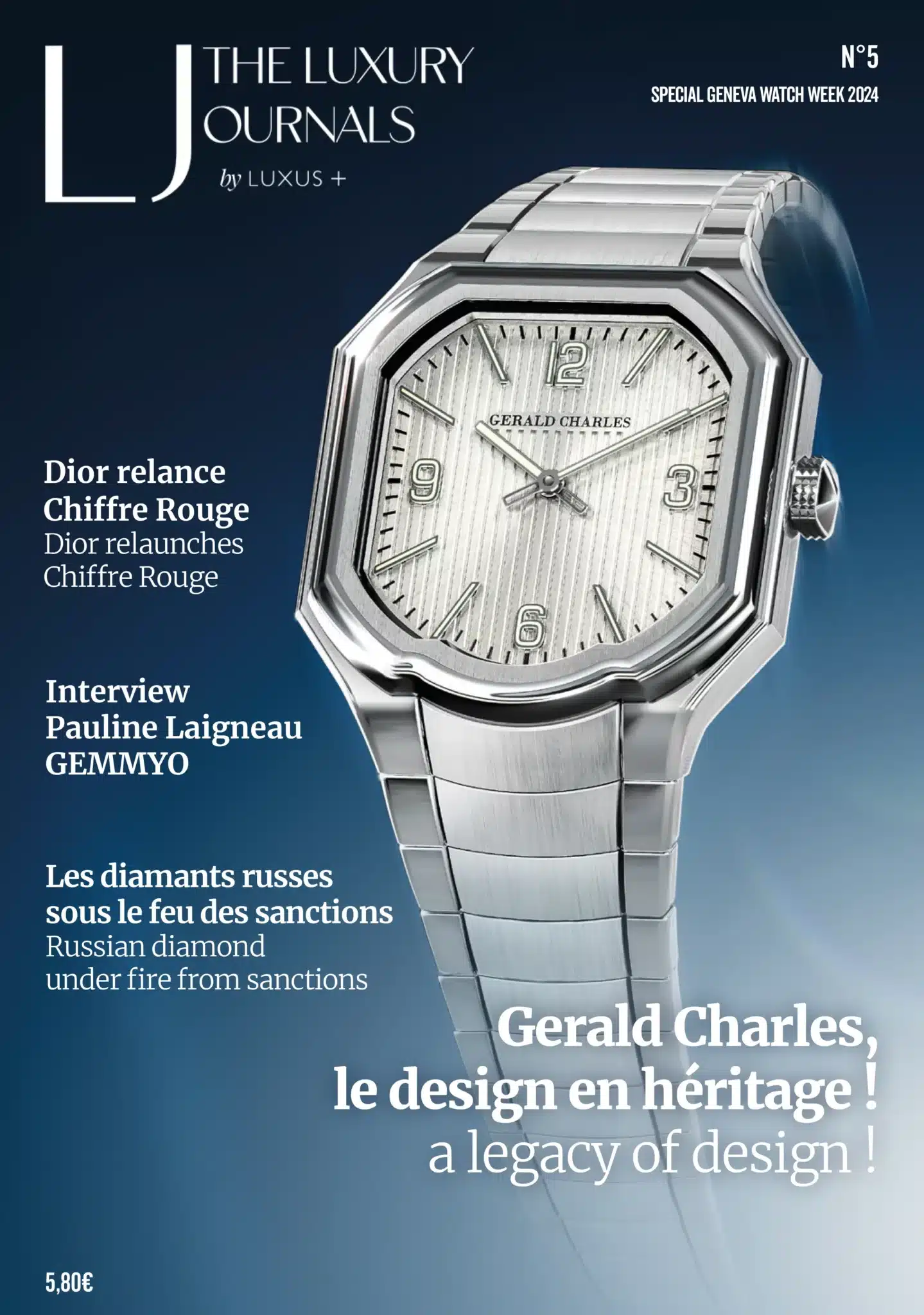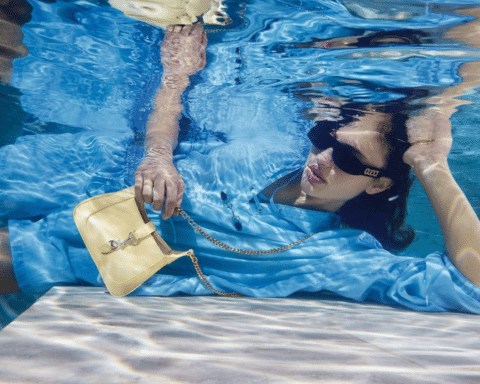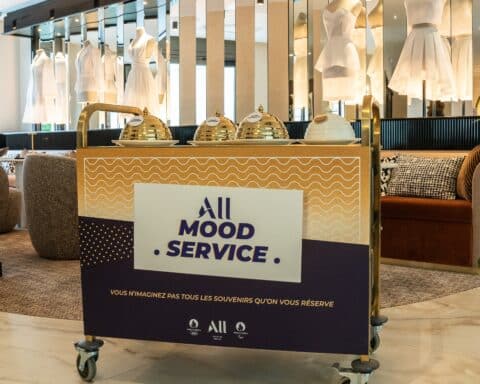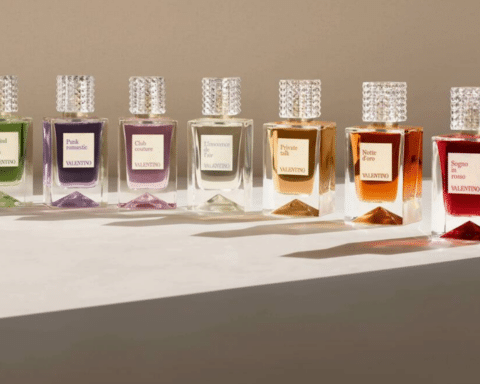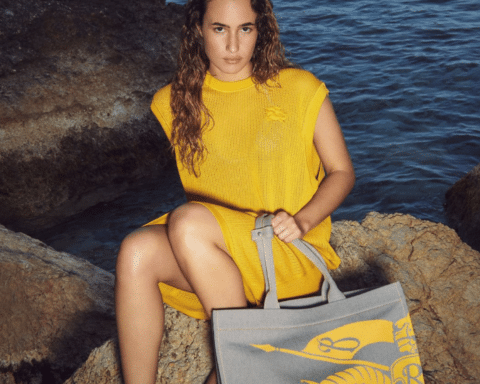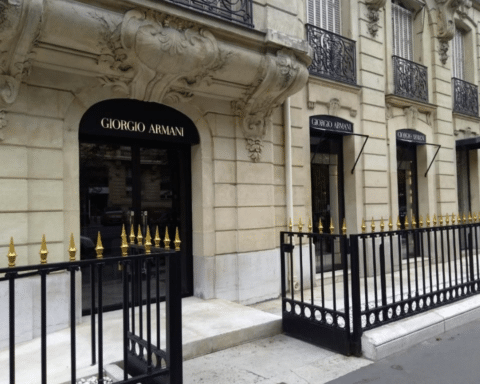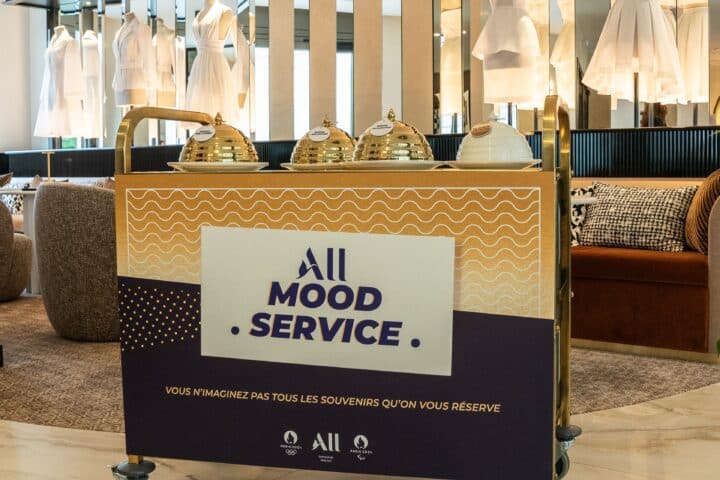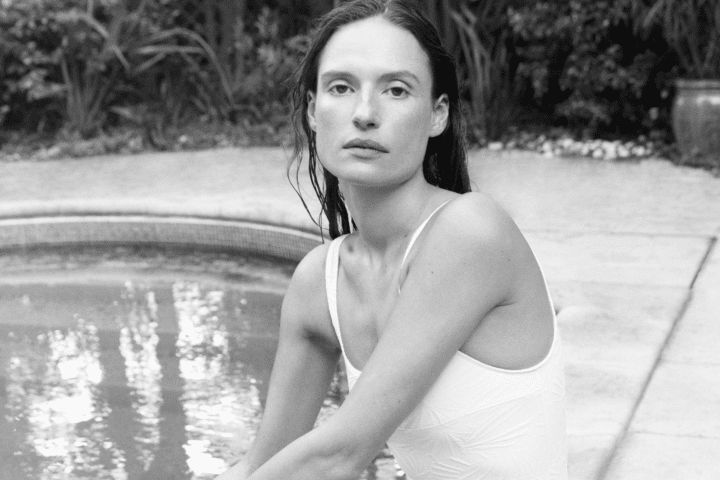The “Drop” is a marketing and distribution strategy that results in desirability. The concept? Ultra-limited editions, sequenced arrivals, unexpected releases…. to create envy. And it works!
By Hélène

The Drop, or how to create a sense of urgency and exclusivity?
The ultimate luxury is to trigger the desire, the desire to have a unique piece that no one can afford.
Luxury brands have understood this for a long time, that’s why today, several of them have started to adopt the Art of the Drop. The principle? The brands release items on the last minute, or in very limited quantities, within a limited perimeter, which gives the consumer the desire to own what others will not.
This distribution technique first had shown to be working in the Japanese streetwear industry in the 1980s, then with American labels in the 2000s, which made it their cult selling method.
Among young consumers, who are very receptive to positive frustration, scarcity can revive a saturated market and awaken a target. The more the audience asks for more of it, the more a fan club is growing around the brand.
From streetwear to luxury
Supreme is well-known in particular for having built its success on this business model. Every Thursday, the brand releases new pieces and aficionados tear the collections apart.
This fall, Burberry, the leader of digital communication, also tried the exercise with a series of items available only 24 hours for purchase. The logo t-shirts and sweet-shirts were gone in a few hours. And with the recent arrival of Riccardo Tisci as head of its artistic direction, the British brand will release a collection every 17th of the month.
Celine has also recently launched an unexpected collection of bags, unveiled on social networks, including model 16, on Lady Gaga’s Instagram account, in preview.
For Hedi Slimane, the House’s artistic director, it is an opportunity to change the calendar and the established codes, to create desirability in more off-peak periods.
“The idea is to create frustration and create a permanent conversation between the consumer and the brand,” says Pascal Monfort, a REC consulting firm.
These mini collections, distributed in small quantities without warning, in the middle of seasonal items, also allow consumers to return to traditional retail stores. Because if these collections are actually distilled in store, that’s because they also allow customers to come and see other products and create additional sales. While the Millenials abandoned the shops in favour of e-commerce, it is therefore a way of bringing them back into the store.


